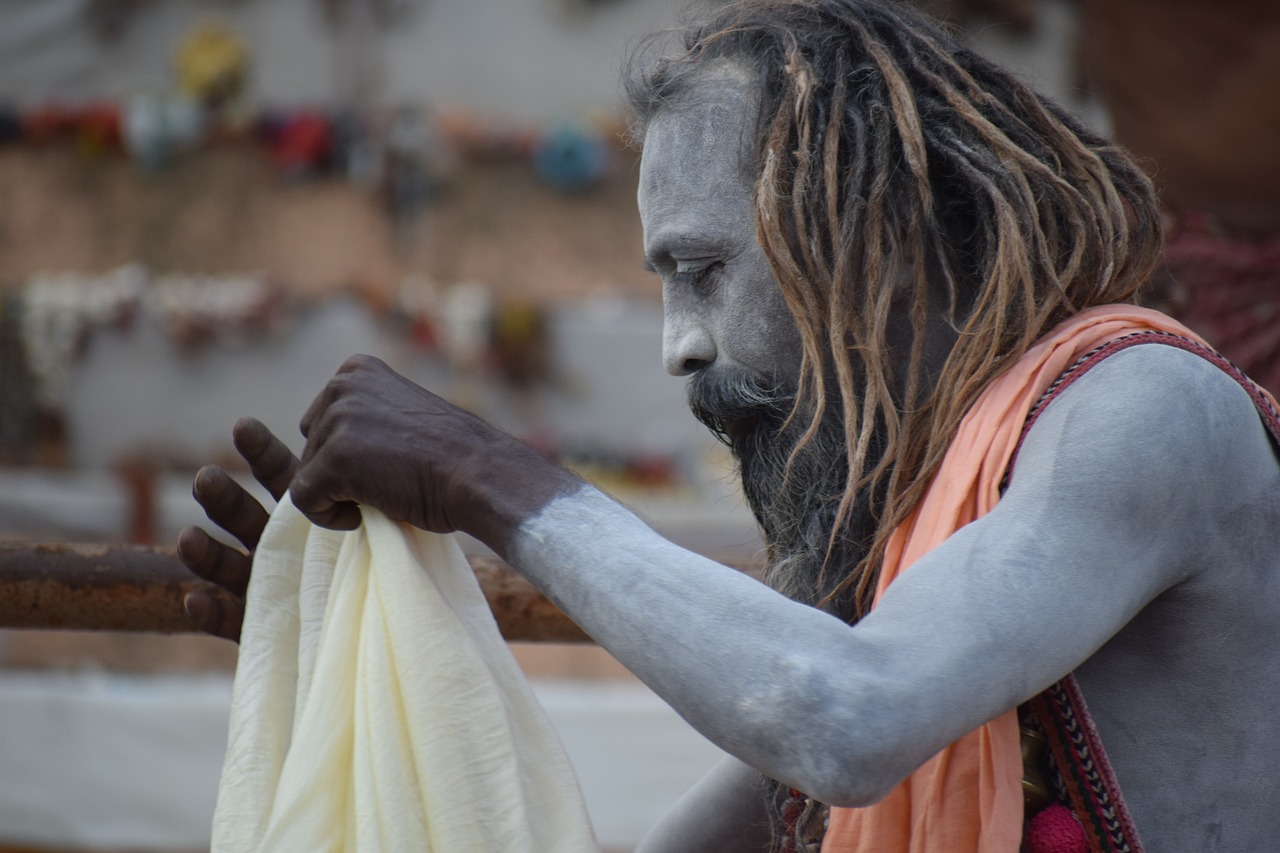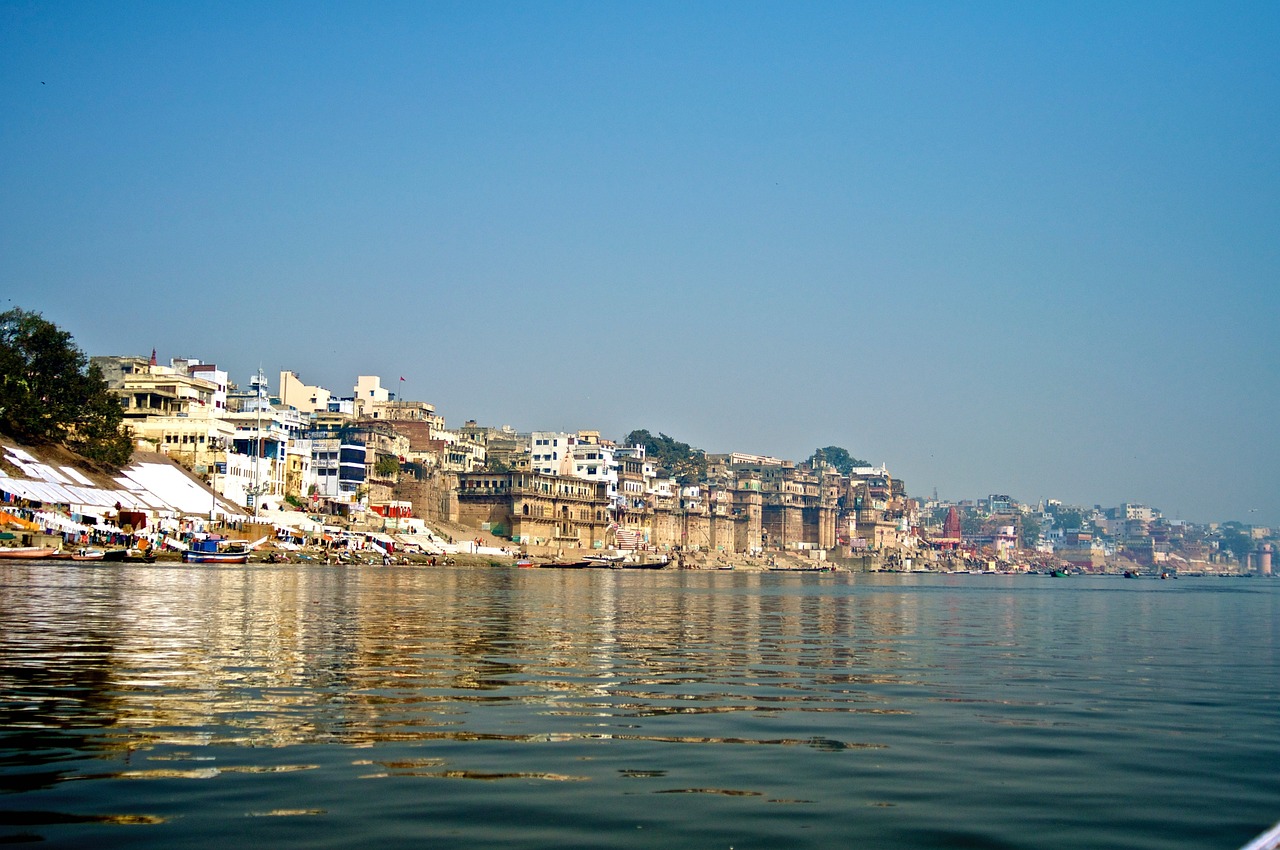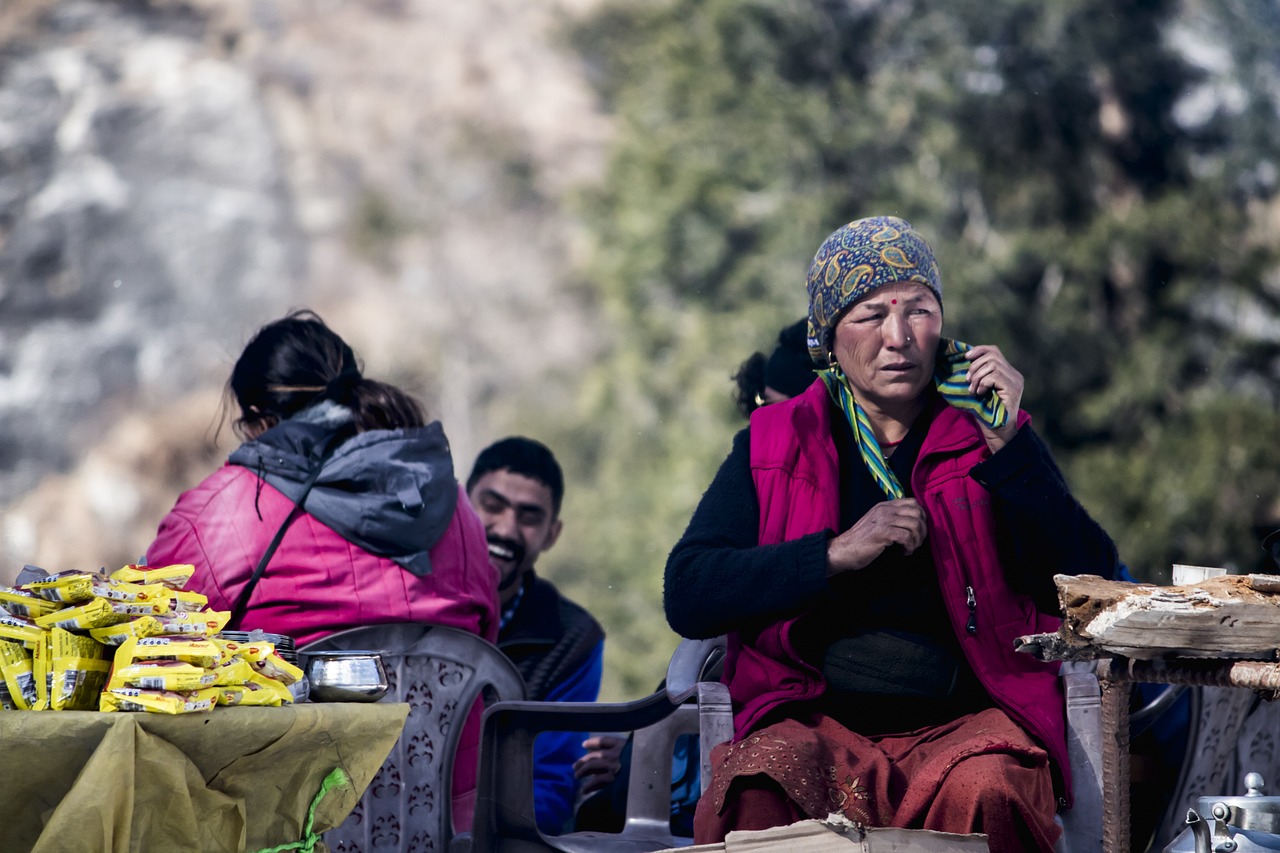As you crisscross the raw Himalayas and proceed towards Tabo from Nako, a diversion and a welcome gate grabs your attention, as it did for me. This road takes you to Gue monastery which is home to Gue mummy which is a mummy of a Buddhist monk.
Mummy of a Buddhist Monk
Gue monastery is home to Gue monastery mummy, which is of Sangha Tenzin, a Buddhist monk. It is said that he began the mummification process when alive as he wanted to protect the villagers from scorpions which had invaded the village.
A rainbow is said to have appeared in the Gue monastery region when the monk’s mummification process was over. As soon as this happened, all the scorpions left the region.
This mummification body was found in the year 1974 when an earthquake struck the region, and an old tomb opened up.
It is interesting to mention here that the mummy in spiti process is quite different as compared to Egypt. Here mummification is through a natural process which is known as Sokushinbutsu in which the body is stripped from fluids and fats. Noticeably, this entire process can take up to ten years.
This is also evident in case of Gue mummy spiti where Sangha Tenzin went into slow starvation and took a diet which consisted of nuts having poison content, herbs, roots etc. All this while, the monk sat in a meditating position and passed away when all the moisture eroded from the body. However, all the essential nutrients were preserved through this method.
Gue monastery thus has the mummy of Sangha Tenzin, and it has been kept in a sealed glass box in a small room which is adjoining to the Gue monastery. When I examined the Gue mummy spiti from close quarter, I found that the mouth was wide open, teeth and hair were intact, and eyes were hollow.
It is said that Sangha Tenzin was able to carry out this self-mummification process with utmost precision and thus he is credited as Living Buddha. Interestingly, there are only 30 such mummies around and most of these are in Japan.

Author at Gue Monastery
Gue Monastery
Gue monastery is known for mummy of Buddhist monk which is around 500 years old. Not only the religious significance but the ambient location of the place makes it truly aesthetic. The architecture, wood carvings, painted glass windows give this monastery a unique look and feel which can only be felt, not described.
A unique fact that will attract you to Gue monastery is that it has a lot of Buddhist scriptures, thangkas and murals that look and feel lively. The monastery also has a library and souvenir shop where you can buy artefacts and take these back as a memory of the times, you visited the Gue monastery.
The spiritual significance of Gue monastery and the Gue monastery mummy reflects amply in the social life of locals in the village who are deeply religious and believe that this mummy in spiti protects them from all the evils.
Gue village is also significantly important as it is only few kilometers away from Indo-Tibet border. With Gue mummy getting popular among people from across the globe, this small and sleepy village is getting popular across the world and villagers are finding new avenues of earning and leading a happy and meaningful life. Such is the aura of Sangha Tenzin that 500 years post his mummification, he still continues to inspire and guide people in this region.
Interesting Facts about Gue Mummy
Until few years ago, the Gue monastery mummy was kept in open in a small room. When anyone desired to visit the same, it was found that people were taking hair of the mummy to keep the same as a good luck sign.
Some changes were done, and a separate structure was constructed and presently the mummy is kept in a glass box. Moreover, the village committee charges Rs thirty per person for the visit and the amount is spent on the upkeep of the structure.
How to Travel to Gue
Gue mummy spiti and Gue Monastery is at an altitude of 3280 meters. At a distance of 3 Km from Sumdo check post a right turn from Gue nalla takes you to Gue village which is further up at a distance of 8 Km. Until 2024, there were no mobile signals in Gue and this was the only region in Spiti besides Pin valley which had no mobile signals. Now BSNL has set up a tower at Gue and the people of this remote village are connected to the world in a better manner.

When to visit Gue Monastery
The road from Shimla to Kaza is open throughout the year and with Winter Spiti travel getting popular, you can access Gue village throughout the year. However, from December to March, it would be tough to visit this area as the accumulation of black ice leads to vehicles skidding and it can be dangerous at times. Other months of the year are the best time to plan a visit to Spiti region and visit Gue monastery on the way to Tabo and Kaza.
Points to Remember
It is best if the visit is done on Sunday.
Ideally, you should visit between 7 AM to 11 AM.
Visit good sport shoes as it will be impossible to tread this area in leather shoes or chappals.
Respect the local people and their culture.
FAQs
Where is Gue Monastery?
It is on the way to Tabo and a diversion of 8km from Gue nallah will lead you to Gue monastery. Drive carefully as the road is steep.
Why is Gue famous?
Gue village is known from Gue mummy and the Gue Monastery. Moreover, this village is at a stone throw distance from China and infact the border is just a mountain peak away.
How much time is required to visit Gue?
Ideally, half to one hour is ample to explore Gue monastery. The Gue village is slightly before the monastery, and you can take your vehicle right up till the monastery gates.
Is any permit required for visiting Spiti?
Indian citizens are required to carry their Adhar Card while in case of foreign nationals, the passport is usually checked and details entered at the check post at Sumdo.










